Admire the phenomenon of red algae causing the Arctic ice to melt quickly
Red algae cause red tape, or red snow, they exist in Greenland and Antarctica. In Alaska alone, red snow has melted nearly a fifth of the ice here.
The phenomenon caused by algae Chlamydomonas nivalis has bright red pigments.
Red snow ice reduces solar radiation, causing higher temperatures and faster melting. The warmest bandage at the time the algae blooms in bright red, it causes the ice speed to melt faster. Red snow was first reported by the 1818 expedition of Captain John Ross through the Northwest Passage. He said there were patches or stripes on the snow, some of which were dark as to make red wine.
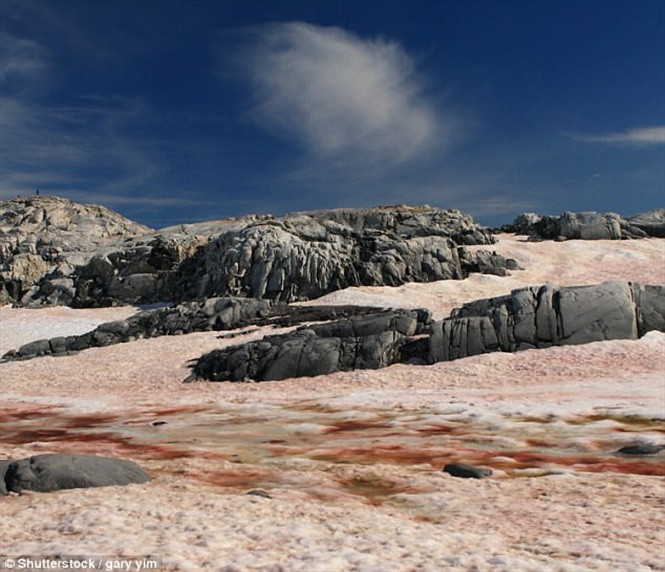
Red snow in Antarctica.
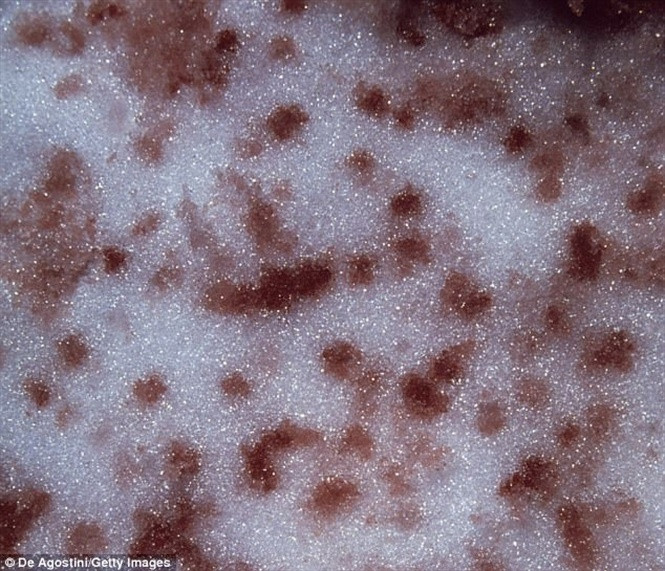
Algae live on glaciers in the Arctic.
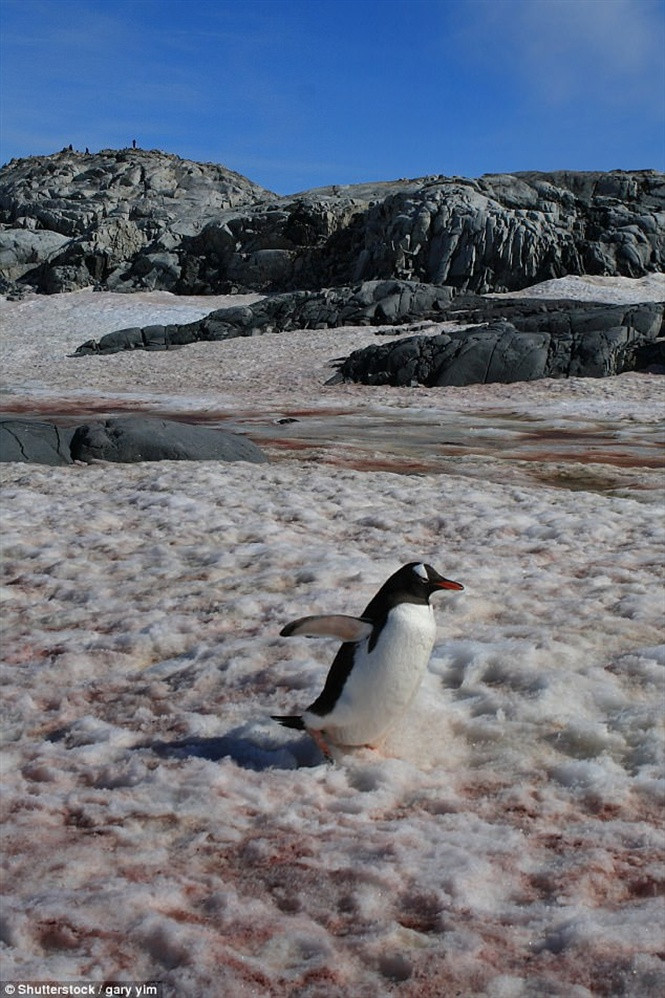
The bacteria that live in the snow can make ice melt faster by making the surface darker and reducing its reflection.This also encourages the growth of many algae.
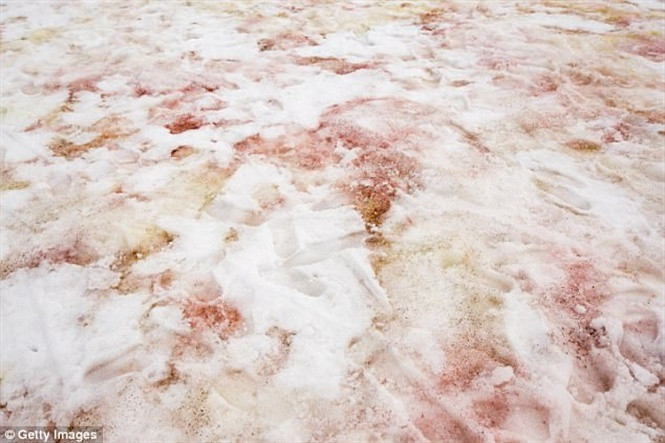
Using data from satellites to estimate snow melt on an area of 1,180 square miles (1,900 km 2 ) of red snow algae (photo in Orcadas in Argentina) increases melting ice by about 17%.
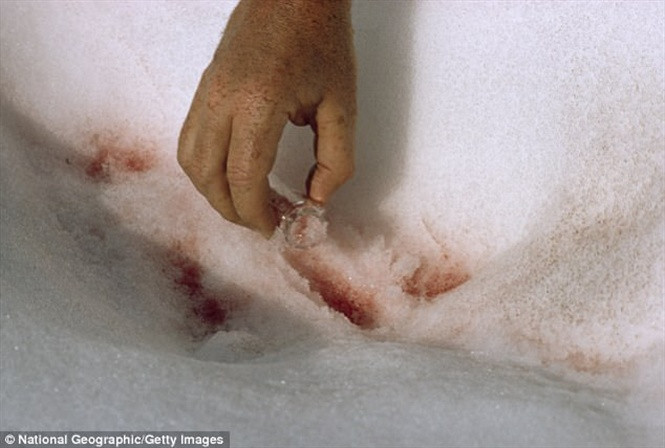
Red snow was first reported by the 1818 expedition of Captain John Ross through the Northwest Passage.
- 7 irreplaceable roles of the Arctic sea ice
- Detects shock under the Arctic ice shelf
- Arctic will melt ice after 5 years
- Abnormal melting ice alarm in the Arctic
- Arctic melting ice could cause $ 60,000 billion in damage
- The frightening phenomenon caused thousands of sudden death in America
- Arctic ice will melt?
- The Arctic lost three times as much ice as Belgium every day
- Perennial ice in the Arctic is disappearing
- From now until 2080, the Arctic ice can melt completely
- Every second 14,000 tons of water flows into the sea because the Arctic ice melts
- The danger of red tide
 Is the magnetic North Pole shift dangerous to humanity?
Is the magnetic North Pole shift dangerous to humanity? Washington legalizes the recycling of human bodies into fertilizer
Washington legalizes the recycling of human bodies into fertilizer Lightning stone - the mysterious guest
Lightning stone - the mysterious guest Stunned by the mysterious sunset, strange appearance
Stunned by the mysterious sunset, strange appearance